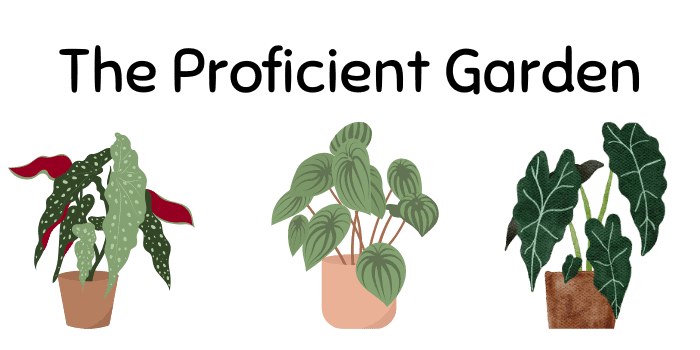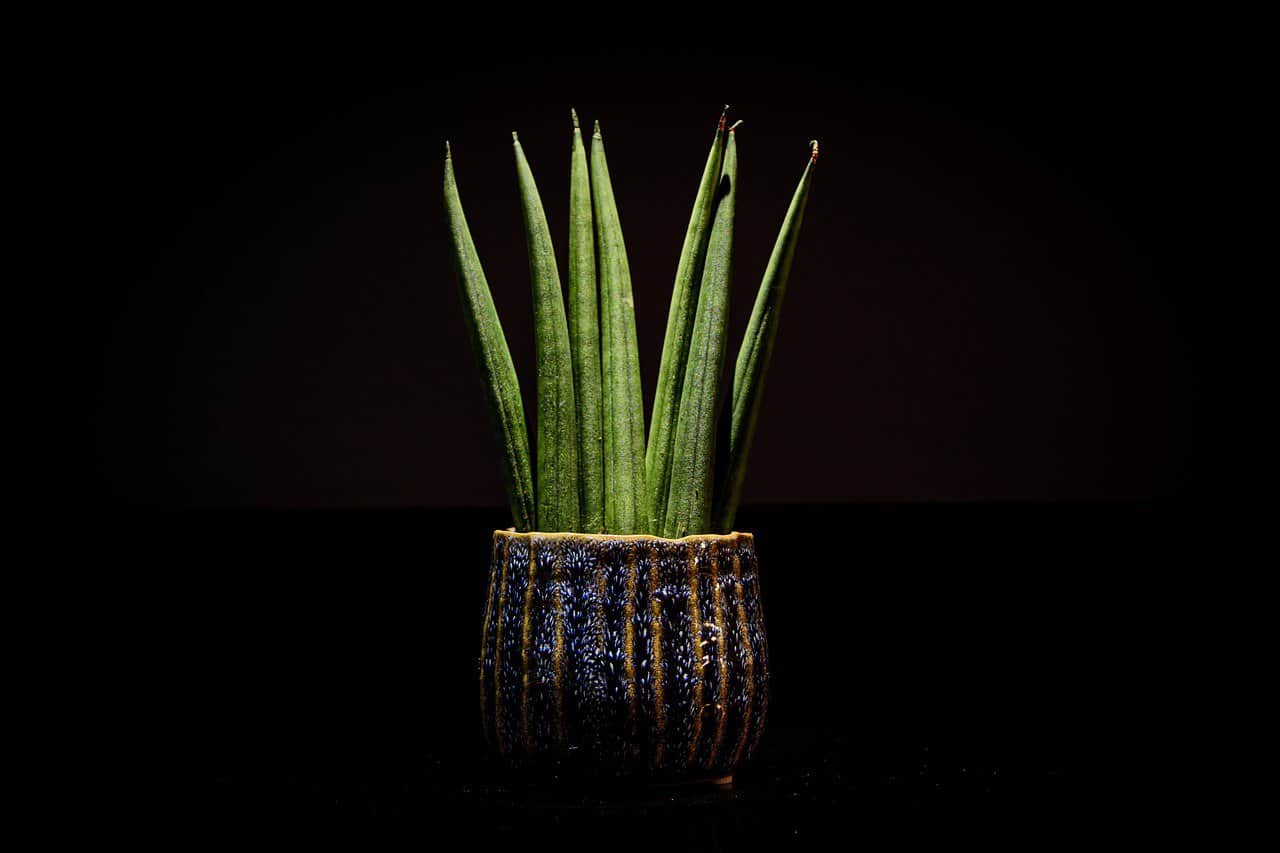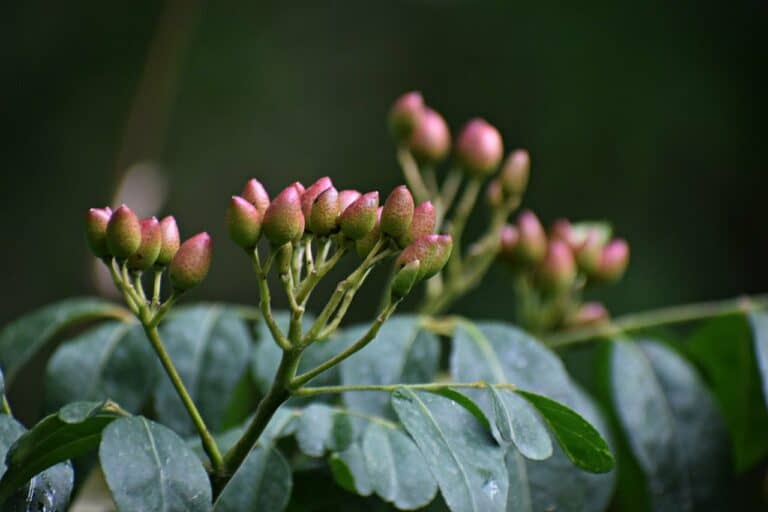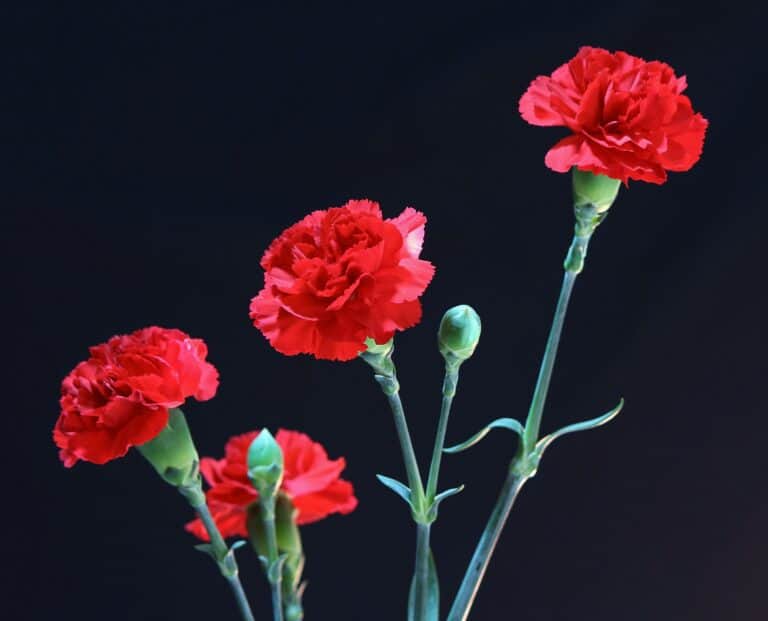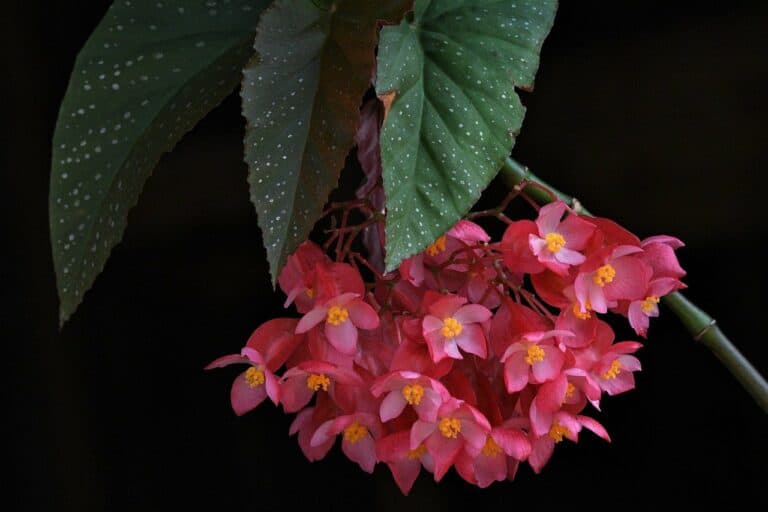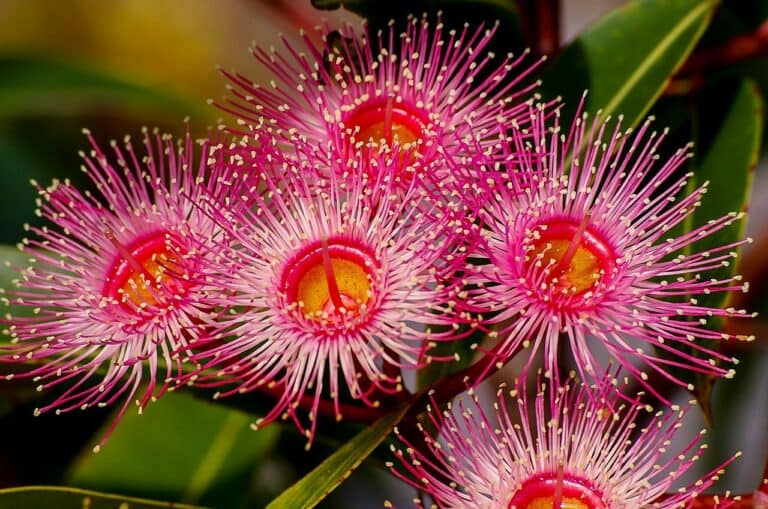Image by Organisatieservice from Pixabay
|| How To Care For Orchids After Flowering ||
Table of Contents
How To Separate Snake Plants
How To Propagate, Improve Growth, And Rejuvenate Older Plants By Separating Snake Plants
You may want to separate your snake plant for several reasons. Perhaps you want to propagate the plant or rejuvenate an older plant to improve growth. Whatever the reason, it’s a relatively straightforward process that can benefit the plant. Doing this can propagate the plant, improve growth, or rejuvenate an older plant. Just be sure to have a sharp knife or garden shears, a pot or container for each new plantlet, and some good quality potting mix before getting started.
Separating snake plants is a simple process that can have many benefits
One of the most common challenges people face regarding snake plants is not knowing how to correctly separate them. This can often lead to damaging the plant or not being able to reap all the benefits of separating them. Another challenge is not having the right tools on hand, such as a sharp knife or garden shears. Without these, it can be difficult to make clean cuts and adequately separate the plantlets. Finally, people often forget to water their snake plants after separating them. This is important because, without water, the plantlets will not be able to thrive. Keep these challenges in mind when separating your snake plants to ensure that you do it correctly.
We know that separating snake plants can be a daunting task, but we’re here to help. You’ll learn everything you need to know about separating snake plants, from why you should do it to what tools you’ll need. We’ll also provide some helpful tips to ensure the process goes smoothly. So, learn everything you need to know about separating snake plants.
Why Separate Snake Plants?
There are several reasons you might want to separate your snake plants. One reason is to propagate the plant. This is done by taking a cutting from the mother plant and growing it into a new plant. By doing this, you can create a clone of the original plant. Another reason to separate snake plants is to improve growth. This can be done by splitting up a pot with multiple snake plants.
By doing this, each plant will have more room to grow and is less likely to become rootbound. Finally, you might want to rejuvenate an older plant by separating it into multiple plantlets. This can help the plant to grow new foliage and look healthier.
What You Will Need Separate Snake Plant
There are a few things you should know before you start separating your snake plants. First, you’ll need a sharp knife or garden shears. This is important for making clean cuts and preventing damage to the plant. Second, you’ll need a pot or container for each new plantlet. Make sure to choose a pot that is big enough for the plantlet to grow in but not too big that the plant will become rootbound. Third, you’ll need some good-quality potting mix. This is important for giving the plantlets the nutrients they need to grow.
Steps To Take
Now that you know what you’ll need, it’s time to start separating your snake plants. The first step is to remove the plant from its pot carefully. Be careful not to damage the roots as you do this. Next, cut the root ball in half with a sharp knife or garden shears. If you’re propagating the plant, you’ll only need to take one-half of the root ball. Otherwise, you can take both halves.
You’ll need to water each plantlet once you’ve cut the root ball in half. This is important because it will help plantlets recover from the stress of being transplanted. After watering, you can transplant each plantlet into its pot or container. Make sure to use a good quality potting mix and water the plantlets regularly.
Conclusion
Separating snake plants is a simple process that can have many benefits. It can propagate the plant, improve growth, or rejuvenate an older plant. When separating snake plants, it’s essential to have the right tools and regularly water the plants.
Significance of Snake Plant Vastu Direction and Other Alternatives Houseplants
